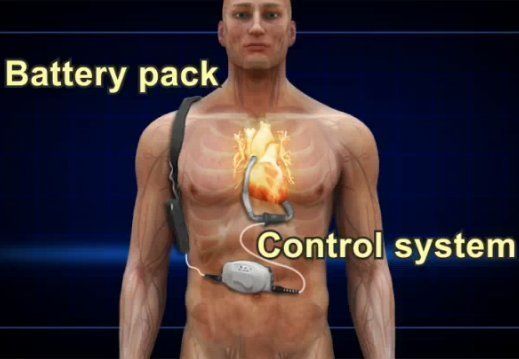
When former Vice President Dick Cheney underwent an extensive heart procedure to install a left ventricular assist device, or LVAD, last week -- a system that now pumps his blood -- he was extending his life. But how long is an open question.
According to a medical study of these heart pumps, 42 percent of patients with LVADs died within two years of having the apparatus implanted. Of the 58 percent that survived, 46 percent went without a stroke or a pump replacement over those two years.
The Washington Post reports:
The main hazard, however, is the formation of blood clots in the pump circuit, which can go to the brain and cause a stroke. For that reason, people with LVADs must take anticoagulant drugs.
While the devices solve the problem of life-threatening left-ventricle failure, they don't help the right ventricle. That chamber is responsible for pumping blood to the lungs, where oxygen is picked up and carbon dioxide released. In some patients, the right ventricle is so weak it eventually fails, too.
On top of these risks, the system includes a power cord, which connects an external battery back to the pump and runs through the skin of the stomach, leaving a wound perpetually vulnerable to infection.
All in all, the LVAD's most effective function is to serve as an intermediary solution between end-stage congestive heart failure -- Cheney's medical condition -- and a heart transplant.
There are currently 3,142 in the United States awaiting a heart transplant, according to the United Network for Organ Sharing.
Watch a demonstration of how Cheney's heart pump works:
